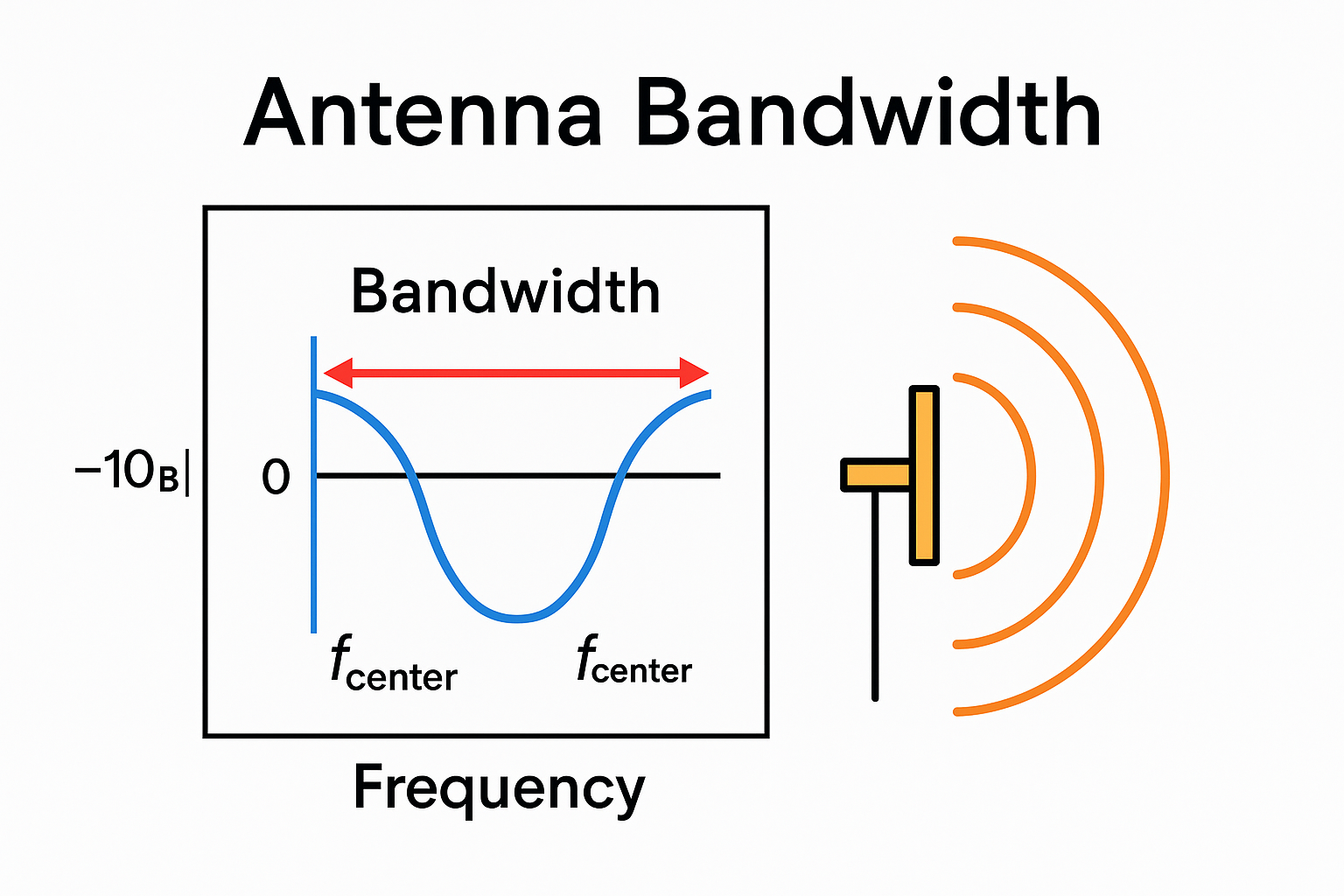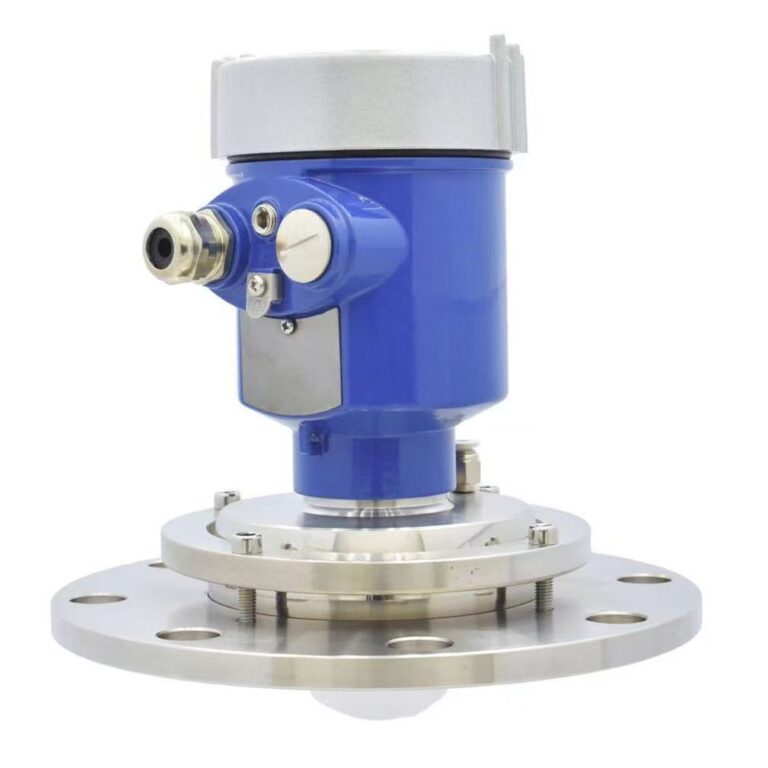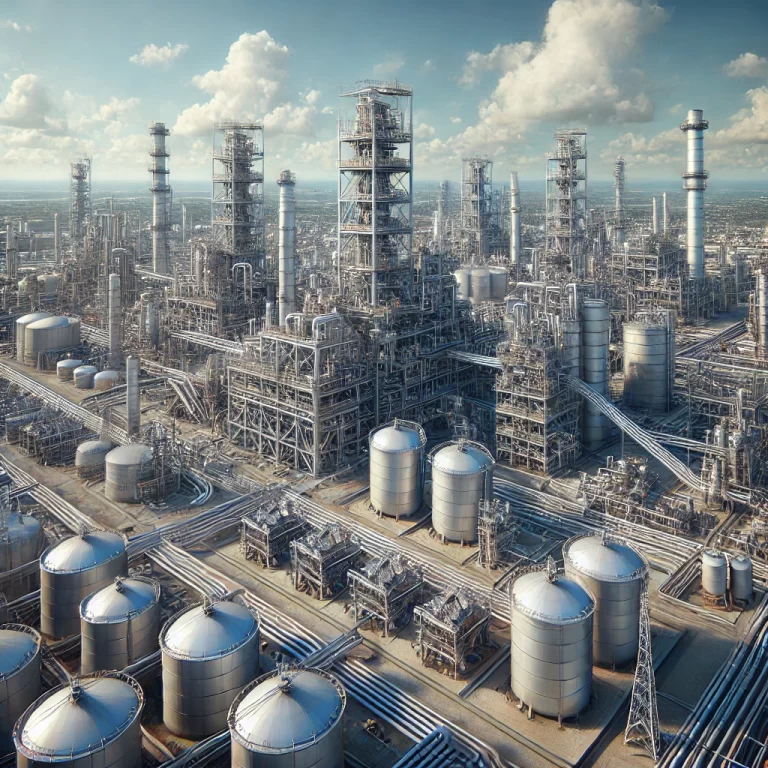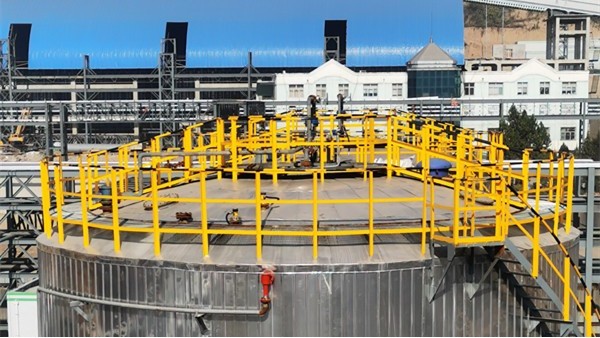Proper installation is critical to achieving the high accuracy and reliability of radar level meters in chemical industry applications. Incorrect positioning or environmental influences can lead to signal distortion, false readings, and even system failure. This guide outlines key considerations to optimize performance and ensure long-term stability.
1. Avoid Interference from Process and Fluid Dynamics
✅ Position Away from Inlet Streams
Install the radar level meter away from inlet nozzles, falling product curtains, or vortex zones created by filling. Incoming streams can cause turbulence and air entrainment, which may result in unstable echo signals and measurement fluctuations.
✅ Avoid Agitator-Induced Disturbances
If the vessel contains agitators, position the radar probe at least 1 meter horizontally from the agitator blades. This helps prevent the influence of surface turbulence, vortices, or air bubbles that can scatter radar waves and reduce measurement accuracy.

2. Prevent False Echoes from Tank Geometry
✅ Do Not Mount at the Tank Center
Avoid installing the radar device directly in the center of a vessel. Center-mounted probes can cause radar waves to reflect off tank walls, resulting in multiple echoes and signal overlap that interfere with the true liquid level reading.
✅ Maintain Sufficient Clearance from Tank Walls
Ensure a minimum horizontal clearance of ≥300 mm (or as specified by the manufacturer) between the radar antenna and the vessel wall. This prevents side-wall reflections and avoids interference from structural components such as stiffeners, baffles, or mounting brackets.
✅ Keep the Space Below the Probe Clear
The area directly below the radar probe must be free from obstructions such as pipes, support beams, or agitator shafts to avoid premature radar reflections that could result in the probe displaying the height of the obstruction rather than the actual liquid level.

3. Adapt Installation for Challenging Media
✅ Corrosive and Crystallizing Media
For highly corrosive or crystallizing liquids:
Use radar level meters equipped with PTFE (Teflon) windows or flanged isolation diaphragms to prevent chemical attack.
Select a design that allows periodic disassembly for cleaning to avoid crystal buildup on the radar window, which can obstruct signal transmission.
✅ High-Temperature and High-Pressure Applications
When the process temperature exceeds 200°C or involves high pressure:
Choose radar antennas made of ceramic materials or designs with integrated cooling fins.
Ensure that the flange sealing and pressure ratings are compatible with vessel specifications to prevent leakage under extreme conditions.

4. Follow Mechanical and Electrical Installation Standards
✅ Flange and Pipework Alignment
Mount flanges co-axially with the radar probe to prevent angular misalignment.
Tighten bolts evenly to avoid tilting, which can deflect the radar beam and cause measurement errors.
For media prone to condensation or solidification, install heating jackets or electrical tracing around the probe to prevent frost or buildup.
✅ Electrical Connections and Grounding
Route signal cables in metal conduit for shielding against electromagnetic interference (EMI).
Maintain a grounding resistance of ≤4Ω to reduce noise in the signal.
In hazardous areas, verify that the radar level meter’s explosion-proof rating matches the site classification, and ensure proper sealing of junction boxes to prevent dust or gas ingress.
5. Advanced Strategies for Complex Scenarios
✅ Large-Diameter Tanks
For tanks with diameters greater than 8 meters, consider adding still pipes or radar reflectors to guide the radar beam directly to the liquid surface, reducing side echoes and beam divergence.
✅ Compensation for Dynamic Surfaces
In applications where liquid levels fluctuate rapidly (e.g., during filling and emptying cycles), adjust the radar meter’s signal averaging settings to stabilize readings and improve reliability.

✅ Conclusion
By implementing these best practices during installation, you can significantly reduce radar level measurement errors caused by improper mounting or environmental influences. Always consult the product manual for model-specific guidelines and, where necessary, seek technical support from the manufacturer for complex applications.
